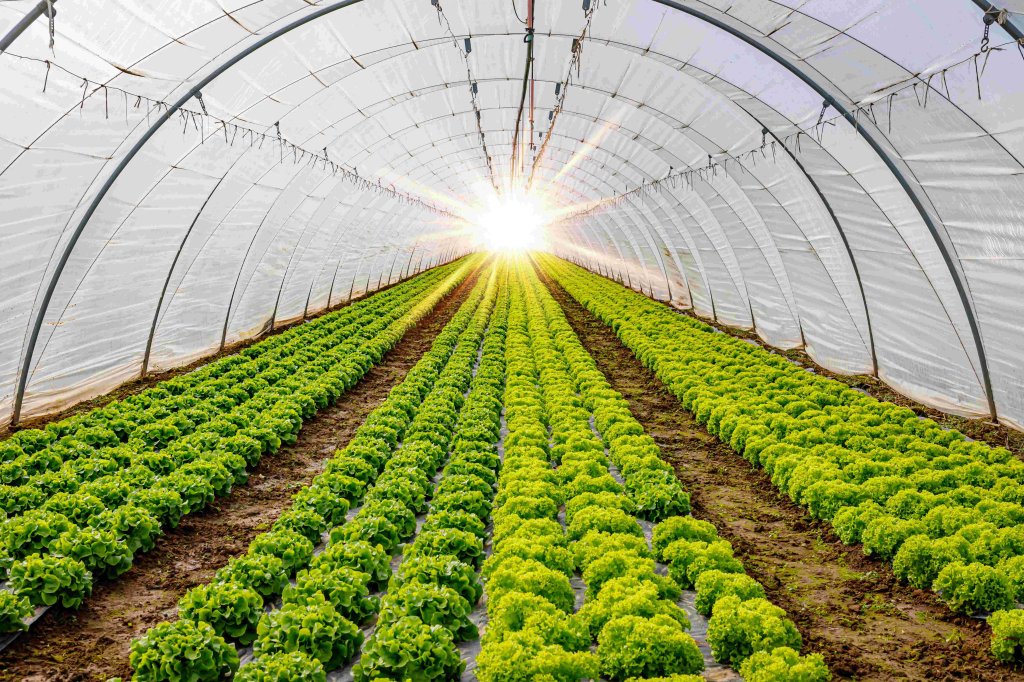Plastic Sheet for Agriculture Applications
The agriculture industry increasingly relies on plastics to make everything from vehicles and tools to animal stalls and stables. Plastic sheet comes in handy for many of these applications. Its corrosion and water resistance, ease of fabrication, and affordability make it a desirable material for many components of the agriculture world.
Here are some common plastics used in agriculture and the benefits of choosing plastics in this industry.
Common Uses of Plastic Sheet in Agriculture
Take a walk around a modern ranch or farm, and you will see quite a few plastics in use. Some areas where they are commonly used include:
- Greenhouses – Stiff plastic sheeting creates greenhouses that capitalize on the thermal properties of the sun, keeping tender shoots warm even when outdoor temperatures are not conducive to growth. Greenhouses also allow for year-round growing in areas with harsh winter weather.
- Tunnels – Tunnels created from plastic sheets can be placed over low-to-the-ground crops to protect them from extreme temperatures and certain types of pests early in the growing season.
- Silage storage – Wrapping grain and other animal feed in plastic makes it easier to transport and protects it from water and pest damage.
- Irrigation and water retention – Plastic sheeting can cover exposed ground to keep water near the plant’s root. Irrigation systems, including drop irrigation, often include plastic sheeting.
- Mulching – Instead of wood chip mulch, covering the ground with a plastic film can help keep water and humidity levels where they need to be while also providing temperature protection for delicate plant roots.
- Barns and stalls – Plastic sheeting and wood boards can make durable, weather-resistant stalls and stables for animal-based agriculture operations.
What Plastics Are Used in Agriculture?
The agriculture industry benefits from several types of plastics and thermoplastics, including these popular choices:
- Polypropylenes (PP) – PP sheets are highly chemical and corrosion-resistant. They also meet FDA and USDA guidelines for agricultural and food preparation use.
- Polyvinyl chloride (PVC) – PVC sheets are impact and corrosion-resistant. They also resist chemical damage. This economical material is easy to machine and works well for tanks, stalls, and water transport applications.
- Polycarbonate (PC) – Polycarbonate sheet and film come in various transparencies. This versatile product works well to cover plants or create greenhouses.
- High-Density Polyethylene (HDPE) – This low-cost, strong, and durable plastic works well for tanks and sliding surfaces on the farm. HDPE can also be fabricated into plastic lumber for building stalls and stables.
Plastic films and sheets made from these materials are an affordable, flexible, and effective way to maximize the output of modern agriculture applications.
Using Plastic Wood Boards for Stalls and Stables
Traditionally, stalls and stables were made from wood and metal, which created issues when animals chewed or kicked the walls. Farmers and ranchers can use plastic lumber to create durable and attractive barns, stables, and stalls.
Lumber created to look like wood but with durable plastic, like HDPE, is a durable, non-brittle choice. If a horse or cow decides to kick, push, or bump into the stall wall, the plastic’s natural flexibility prevents damage, while its durability also ensures it doesn’t get a hole or dent. In addition, plastic lumber eliminates the appeal of cribbing, a damaging behavior where horses chew on their stall wall.
Not only are plastic wood boards resistant to impact damage, but they also hold up well under weather exposure. Snow, sleet, sun, rain, and wind all impact barns day in and day out, causing fading, warping, and rotting with traditional wood boards. Plastic eliminates this problem because it won’t rot and resists mildew and mold.
Finally, plastic lumber is simple to maintain. It just needs to be hosed down regularly or pressure washed when extremely dirty to stay looking great. It doesn’t need to be stained or painted; only occasional repair is required to keep the barn looking and functioning at its best. This means the barn looks great year after year without fading or cracking. This easy cleaning and maintenance also suggest you can quickly and effectively sterilize your barn should the need arise.
Find the Right Plastic for Agricultural Use with Piedmont Plastics
In agriculture, the right plastic can mean the difference between a high yield and a small yield. To ensure you are using the best one for your application, reach out to the experts at Piedmont Plastics. We will help you find the ideal plastic sheet for your barn, greenhouse, mulching, and more.
